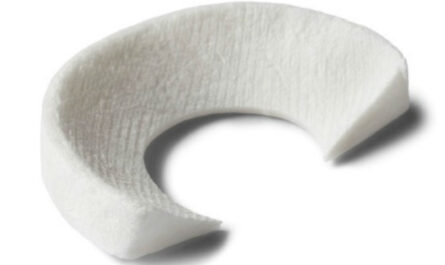Medical imaging refers to several different technologies that are used to view the human body and diagnose medical conditions. Some common types of medical imaging equipment include X-ray machines, CT scanners, MRI machines, ultrasound machines and PET/SPECT scanners.
X-Ray Machines
One of the oldest and most commonly used pieces of Medical Imaging Equipment is the standard x-ray machine. X-rays use electromagnetic radiation to produce images of structures inside the body by passing through soft tissue. X-rays have been used for over 100 years and remain one of the least expensive medical imaging options. Common procedures that use x-rays include chest x-rays, bone x-rays and dental x-rays. Traditional x-ray machines are quite large and stationary, though newer portable x-ray machines have become available. X-rays provide good visualization of bone structures and certain soft tissues but have limited capability for viewing soft tissue contrasts.
Computed Tomography (CT) Scanners
CT scanners, also known as computed axial tomography (CAT) scanners, use multiple narrow x-ray beams and advanced computer processing to produce cross-sectional images known as slices through the area of the body being studied. These slices can then be combined to create detailed 3D images of bones, tissues and organs. CT scans provide much more detailed images than standard x-rays and can detect some abnormalities that might not be noticed on routine plain films. CT scans are useful for imaging blood vessels, joints, bones and soft tissue. Stationary multi-slice CT scanners are quite large, though newer portable C-arm CT scanners are also available for surgical and emergency settings.
Magnetic Resonance Imaging (MRI) Machines
MRI scanners use powerful magnets and radiofrequency pulses to produce very detailed tomographic images of organs and structures inside the body without using any ionizing radiation. MRI provides excellent visualization of soft tissues, nerves and ligaments and is especially useful for imaging the brain, spinal cord and joint structures. MRI scanners are very large and expensive pieces of medical equipment that require clinically isolated rooms. Patients must be screened for any metal implants before an MRI due to the strong magnetic fields used in the imaging process. MRIs can sometimes take over an hour to perform a full body scan.
Ultrasound Machines
Ultrasound involves emitting high-frequency sound waves into the body which bounce off tissues and organs to form images. Ultrasound is a very popular form of medical imaging due to its portability, low-cost and lack of radiation exposure. Common uses of ultrasound imaging include assessment of the abdomen, pelvic structures, thyroid gland, heart, blood vessels and exams during pregnancy. Handheld or cart-based ultrasound probes are pressed against the skin to take images in real-time. Ultrasound is widely used to guide medical procedures such as biopsies with needles.
Nuclear Medical Imaging Equipment
Nuclear imaging modalities like PET (positron emission tomography) and SPECT (single photon emission computed tomography) involve introduction of radioactive tracer materials either by injection or inhalation. As the tracers accumulate in tissues and decay, imaging equipment can detect this radioactivity and construct 3D images. PET scans are used to evaluate conditions like cancer, heart disease and neurological disorders. SPECT scans are also used for neurological imaging and assessing bones and joints. PET/CT and SPECT/CT scanners combine nuclear imaging’s functional abilities with CT’s anatomical details. Nuclear imaging requires strict handling of radioactive materials and special lead-lined rooms for patient imaging.
Medical Imaging Growth
As medical research advances, new imaging modalities are continuing to emerge and existing technologies are becoming higher resolution with faster processing abilities. Dedicated systems for mammography, musculoskeletal, angiography and neurological imaging provide highly specialized pictures tailored to certain body regions or disease pathways. It’s also estimated that over 50% of all diagnostic imaging exams involve more than one modality for complete evaluation. With an aging population worldwide, the role of medical imaging will keep expanding as an invaluable tool for preventative screenings, disease diagnosis and guiding minimally invasive treatments.
*Note:
1.Source: Coherent Market Insights, Public sources, Desk research
2.We have leveraged AI tools to mine information and compile it



